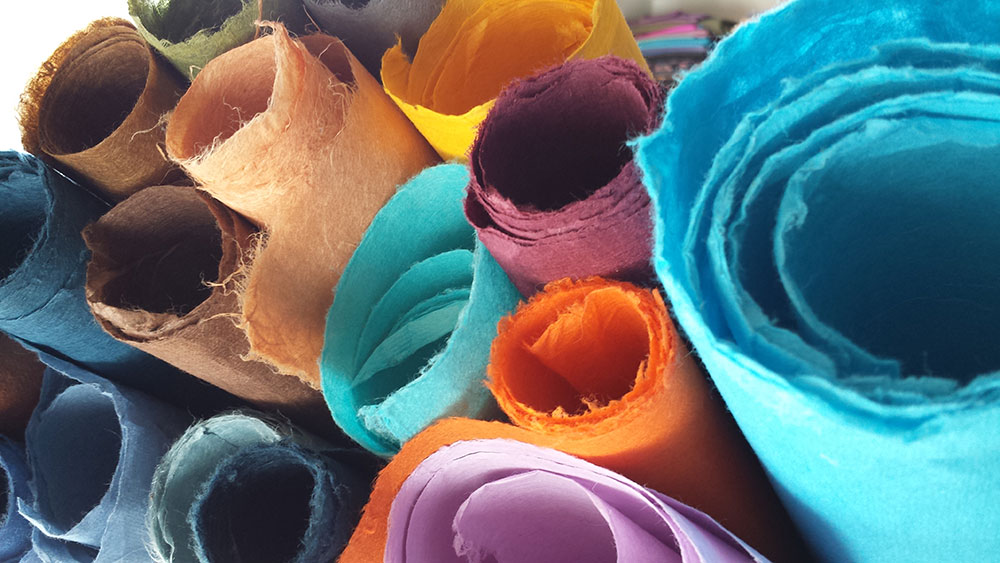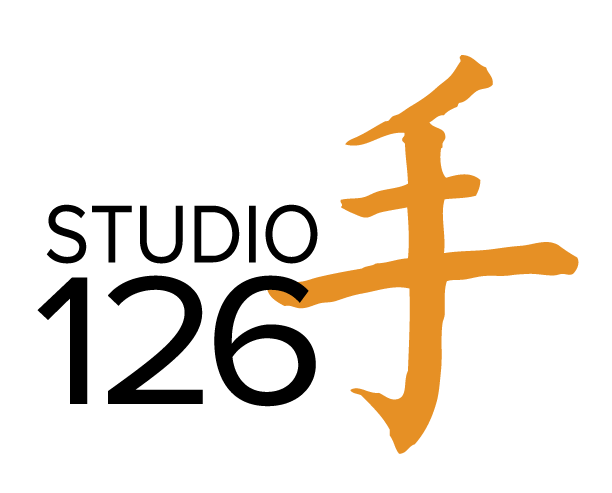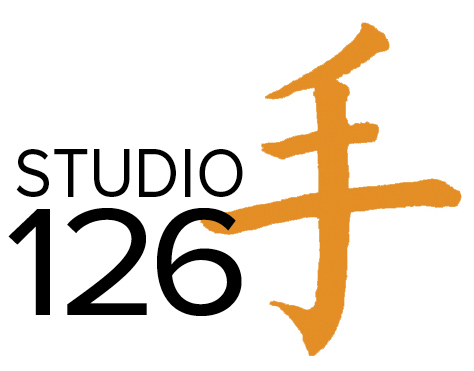
The story of Joomchi – following in the long steps of tradition
Some exciting news: I have begun working with a new medium – a handmade mulberry paper from Korea – that is opening new doors of creativity for me. The paper is called Hanji and is made from the inner bark of the paper mulberry plant, a flowering plant sometimes referred to as the tapa cloth tree. This particular name is quite appropriate because – despite its fragile appearance – the Hanji paper is very strong. The lightweight hand of this material challenges the usual assumptions about the strength, heft, and capabilities of paper. The Korean Hanji is renowned to be of the highest quality in all of Asia, with origins falling sometime between the third and sixth century. In fact, an architectural dig in 1932 unearthed a piece of Hanji from about the year 313.
Due to the strength and flexibility of the Hanji paper, it can be fused, shaped, and manipulated into the sculptural artwork you are viewing on this site through a technique called Joomchi. The Joomchi technique was my inspiration to begin working with the Hanji paper in a contemporary manner. It is a challenge and an honor for me to use my unique artistic sensibility to create new interpretations of this ancient medium.

